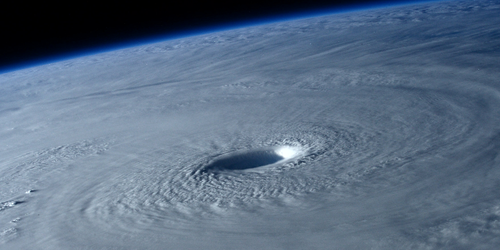

Later this year, the NSF–DOE Vera C. Rubin Observatory will begin its decade-long Legacy Survey of Space and Time (LSST), promising to transform our view of asteroids, comets and minor planets, which number in the tens of millions in the solar system. Perched atop Cerro Pachón in Chile, the observatory’s 8.4-meter Simonyi Telescope and 3.2-gigapixel camera will scan the entire visible sky every few nights, producing 20 terabytes of data per evening and creating a vast time-lapse movie of the heavens.
To predict the discoveries ahead, an international team led by Queen’s University Belfast’s Meg Schwamb and including researchers from the University of Washington devised Sorcha, the first end-to-end simulator that ingests Rubin’s observing schedule and models how the survey will detect small bodies. Schwamb emphasizes that accurate forecasting tools like Sorcha are essential for interpreting this forthcoming tidal wave of data.
Their simulations forecast massive gains across all populations of small bodies:
Near-Earth Objects: About 127,000 detections—more than three times today’s known tally—capturing over 70 percent of potentially hazardous bodies larger than 140 meters and slashing catastrophic impact risk by at least half.
Main-Belt Asteroids: Over 5 million mapped (up from 1.4 million currently), with color and rotation details on one in three targets early in the survey.
Jupiter Trojans (bodies within Jupiter's orbit): Roughly 109,000 cataloged, a sevenfold boost, offering pristine samples of early solar system material.
Trans-Neptunian Objects: About 37,000 new distant bodies, illuminating Neptune’s migration and Kuiper Belt evolution.
University of Washington’s Mario Juric notes that Rubin will expand known small-body populations by factors of four to nine, furnishing orbits, colors and light curves that will rewrite planetary-formation textbooks and improve planetary-defense capabilities.
Sorcha’s open-source code and simulated catalogs are freely available, ensuring the global community is ready for Rubin’s “First Look” on June 23 with the full science run to follow later in 2025.






